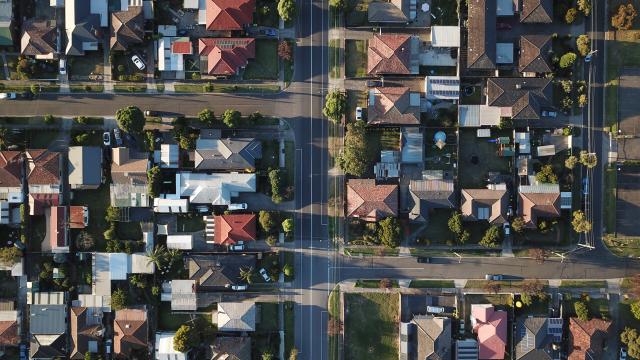Land sales in Melbourne’s western growth corridor held steady during the quarter, despite a significant surge in sales rates across the city’s northern and south-east growth regions, according to new data from RPM.
The figures show sales in the western corridor, which includes the local government areas of Melton and Wyndham, grew by just one per cent in the June quarter to 814 lots, while the median lot price shrank marginally by 0.6 per cent to $382,500.
The area’s median lot price fell behind the broader Melbourne figure of $385,000 and was also out of step compared to the significant quarterly escalation in gross lot sales of 32 per cent in the northern growth corridor and 31 per cent in the south-east.
Gross lot sales in the western corridor were 60 per cent below the same period in 2022 with its market share of all growth corridors at a three-year low of 38 per cent.
RPM project marketing national managing director Luke Kelly said the western corridor, like Geelong, failed to see the sales increase experienced across other corridors this quarter.
“Having said that, we can see supply coming back, with a 12 per cent increase in new releases to 839 lots for the quarter, which was due to the number of new lots doubling in Wyndham,” he said.
“Wyndham has an attractive price point, as its median lot size is larger than Melton’s, despite offering a more affordable median lot price, and subsequently more competitive square metre rate.
The latest Greenfield Market Report from RPM shows the first increase in sales across Melbourne and Geelong’s growth corridors since the September 2021 quarter when sales grew to about 7850 lots.
However, sales remain 53 per cent lower year-on-year with purchasers facing persistent affordability and serviceability challenges.
Mr Kelly said while there were encouraging signs for the market, it was too soon to speak of a recovery.
“Quarterly lot sales remain well below the previous peak with buyers battling multiple challenges from reduced borrowing capacity through to the increasing cost of living,” he said.
“However, there is light at the end of the tunnel with the RBA’s recent decision to leave the cash rate on hold at 4.10 per cent for the second consecutive month, which indicates a more cautious approach to future rate rises.”







